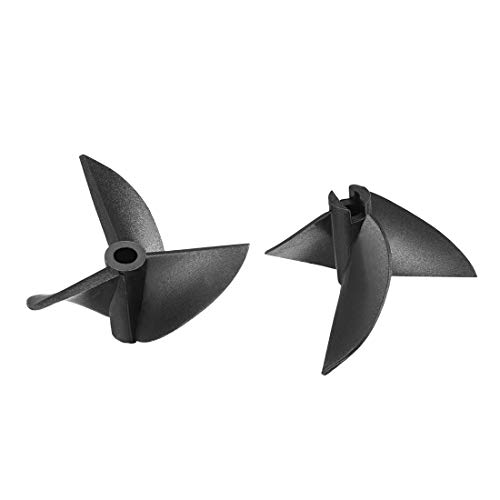I don't know the exact weight of Joerg's boat but I'd estimate it to be between 7.5 and 8 lbs. Part of the disparity between nitro/gas and electric is the way the motors work, regardless of the total energy of the fuel carried. Electric motors make large amounts of torque right off the beach and build horsepower as the rpm increases. They can easily carry relatively large props off the beach, and can spin them to an unknown upper rpm limit.
Liquid fuel motors sacrifice low end torque to gain on the top end; this limits the size of the prop they can carry since they have to be able to accelerate it from low launch speeds. If we could launch these boats at 60 mph they could carry larger props and higher top speeds would be much easier to attain. Simple physics also limits their top rpm.
The new LiPo cells everyone talks about are interesting, but they do not carry the huge advantages some seem to believe. To be able to put out the watts required for SAW records they must be configured so that they have a minor weight advantage over the current NiMH cells. Perhaps they will save 8-10 ounces over a 32 cell pack - that's just an 8%-10% reduction in boat weight, hardly a huge step change. But what else is on the horizon....?
92818[/snapback]


































